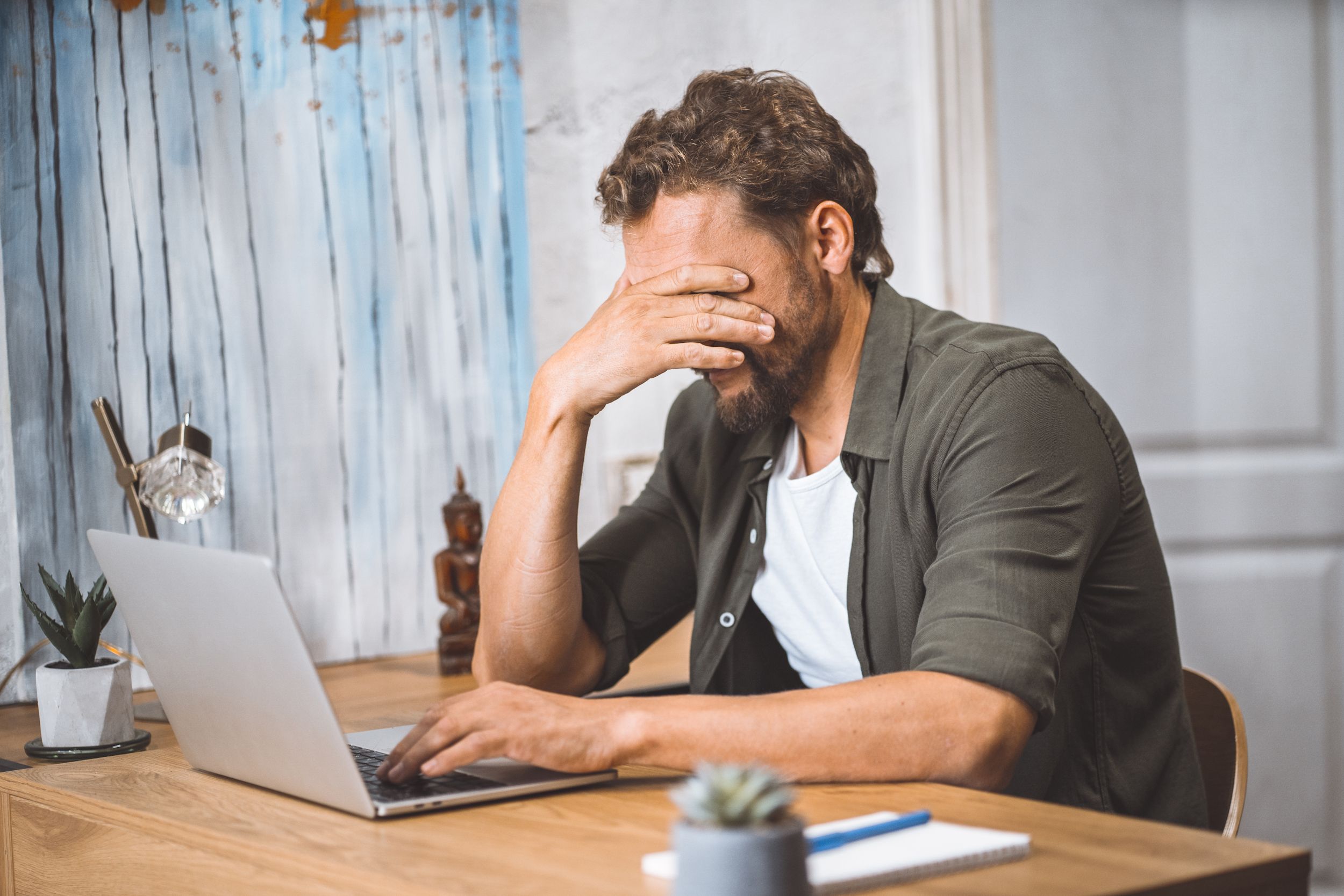Low unemployment or low employment?
Unemployment rates are at an all-time low, but to what extent are we actually employing human capability? Organizations that accelerated after some uncertain trading years, and those whose products were in high demand during the pandemic, have settled into a burnout pace, forcing us to re-evaluate what it means to ‘work’.
Consider any industry: what does work now mean?
- For teachers, work hours expanded through remote access to digital curricula, as they reformatted lessons, ran make-up sessions for individual students and struggled to maintain student motivation
- For logistics, digital services expanded demand so that no one wants to queue anymore and everyone wants everything delivered to doorsteps.
- For health, most health systems are now understaffed and struggling with the backlog of health needs since the pandemic, and while health treatments have never been more advanced, staff are leaving
All this post-pandemic pressure has changed the way human beings experience work and the digital era has accelerated this. It has made more possible in less time, but in the process has robbed work of its joy. I’m all for hard work, but since the lock-downs and the extra burden on organizations to sprint to survive, people have lost the light in their eyes and the spring in their step.
The digital workplace where you are always ‘on’
An extensive US study found that on average, people check work emails 77 times a day.1 What kind of effect is that having on mental health and life in general?
Research shows human attention span has taken a nosedive in a VUCA world where human thought to address complex issues has never been more important. When interrupted by people or by the ‘ping’ of an incoming email, it is possible to take a full 25 minutes to get back to the original deep thought state – fully employed. 2
People also self-interrupt. Ooh, I need to make that phone call…….then all the unfinished tasks remain open, loading the brain. Attention span has plummeted from 2.5 mins per screen/item in the mid 90s, down to 75 seconds in about 2011, down to 45-47 seconds now. (All studies have these results within a few seconds.) Less time in flow state is surely adding to pressure.
Dealing with pressure
Forensic Psychiatrist, Dr Ceri Evans, has a unique approach to dealing with pressure. He challenges the whole mindfulness movement where you escape to your happy place to deal with pressure. He wants to know what needs to happen for you to see work as a place you go to for your well-being.3,4
It got me thinking about how human beings typically deal with work pressure and how this may have changed in the digital era. Working on attention and focus, and fighting distractions, can make a tangible difference.5
Keeping people; keeping people productive
Skill shortages are a key constraint to organizational growth and achieving strategic objectives. But it is a trap to merely focus on employment without focusing on how productive people can be when at work. Be the organization that doesn’t:
- over promise, putting undue pressure on work teams
- impose grueling demands on employees then throw the odd treat to compensate
- fill employees’ calendars with meetings that go nowhere
- create layers of bureaucracy
- make changes that take things backwards
- recruit the wrong people out of desperation and watch the most experienced and loyal employees leave
When I ask people how they want to feel at the end of the workday, they always say (across diverse culture, age, gender, industry sector):
- To feel I have achieved something
- To know I have made a difference
This is the effect of work – its impact on people. I have never heard someone say they are excited by project plans or backlogs/to do lists. The reason people come back (apart from needing the pay) is to experience that what they do matters – that they count. This is where Dr Ceri Evans and other experts agree: how people experience pressure has a significant impact on their ability to thrive in what they do for a living.
There are simple ways to achieve this so that people are not only more able to cope with pressure, but they are more fulfilled at work and so live happier and healthier lives, too. Create a more collaborative culture where employees are fully involved with power to influence the way they do their work to get the best outcomes in any given situation. Ensure they:
- co-design work systems so they can use their skills and experience in fixing complex problems facing organizations today
- have the authority to fix problems quickly
- work together to meet overall objectives (instead of separating people into camps/silos)
- stay close to customers to stay aware of the outcomes of their efforts
- connect their work with its value and impact
To quote someone famous, Make my day. Now more than ever, we need reminding of the joy in work. That is the type of employment that really counts.
Sources:
- “Switching off from Work.” Psychologist Dougal Sutherland, CEO of workplace consultancy Umbrella Wellbeing
- “Improve your attention span in a world of endless emails notifications and distractions.” Dr Gloria Mark, an expert in the field of human-computer interaction.
- “No Pressure”.YouTube
- Evans, Dr Ceri. Perform under Pressure. July 2019. HarperCollins NZ.
- Mark, Dr Gloria. Attention Span: Finding Focus for a Fulfilling Life
Tag/s:Future of WorkPersonal Development






Awesome article Cherri. I especially love your comment on workers needing to feel some form of joy in what they do, and wanting a sense of purpose and accomplishment. This is very true. What motivates people is way more than compensation, it’s autonomy, mastery, and purpose (as per Daniel Pink.). Loved reading this early in the morning!